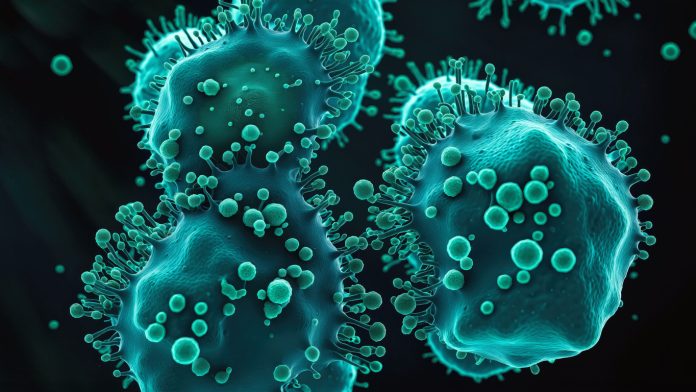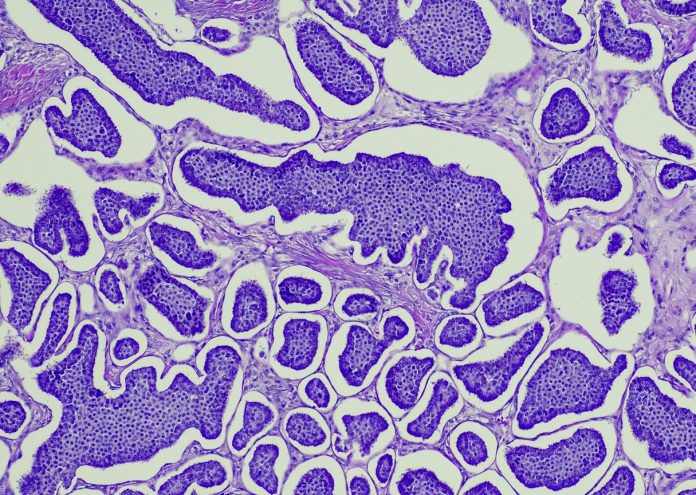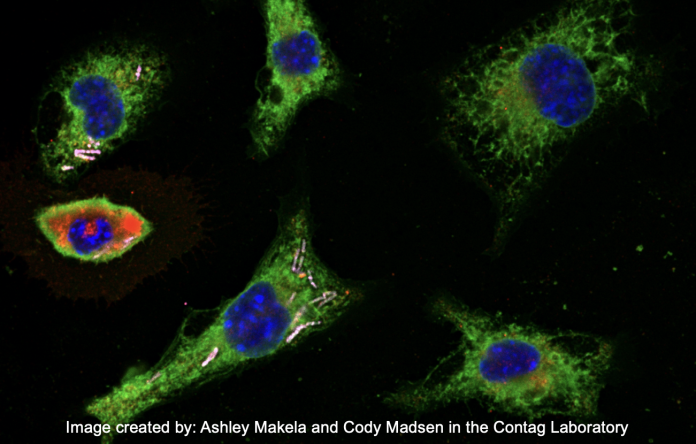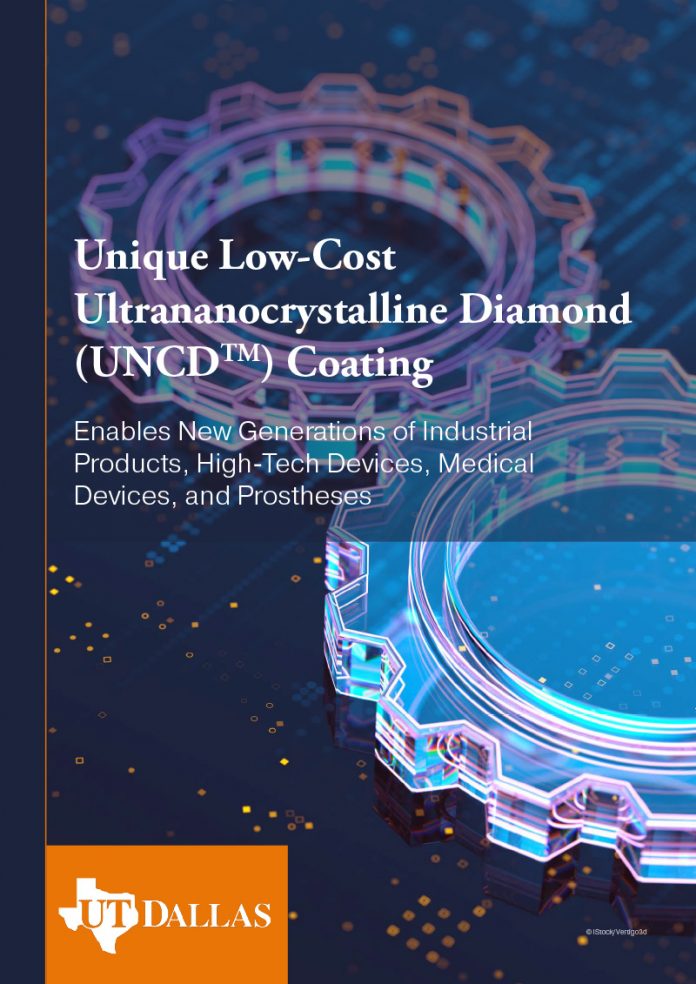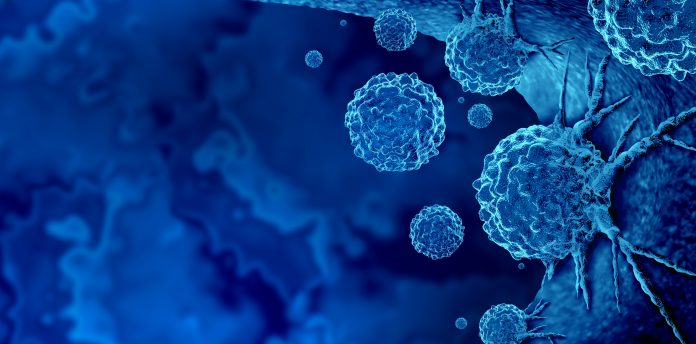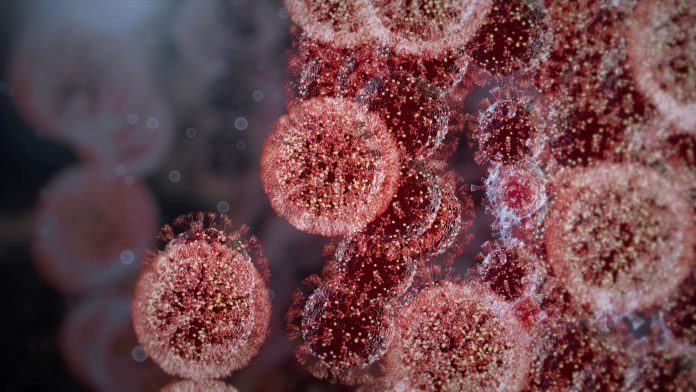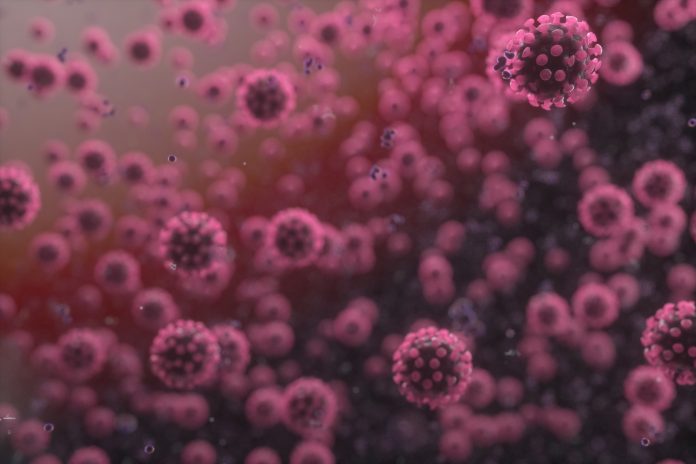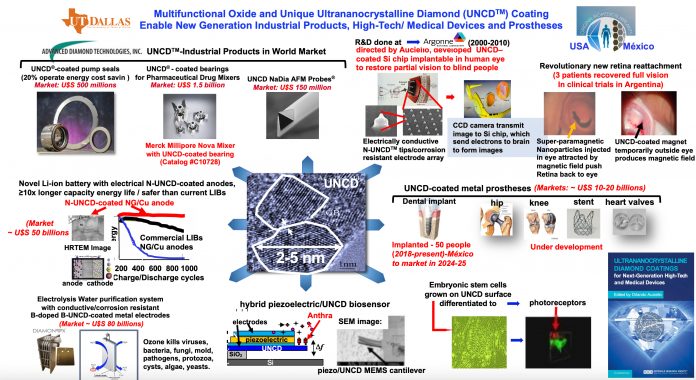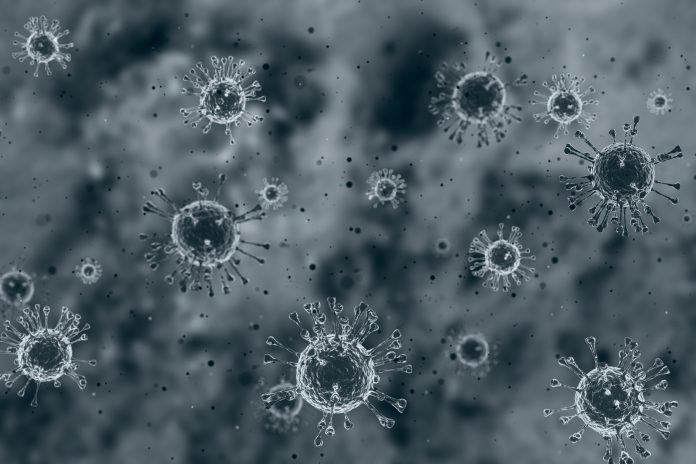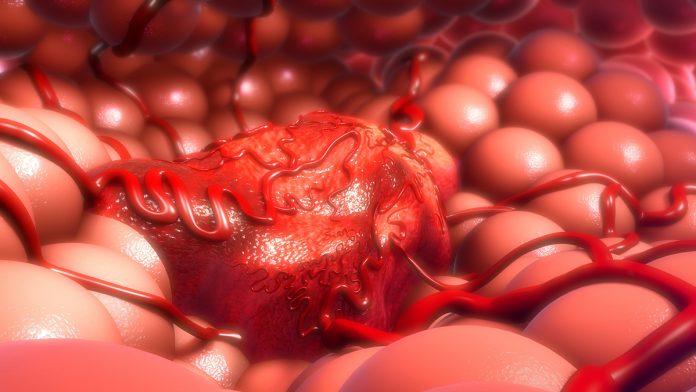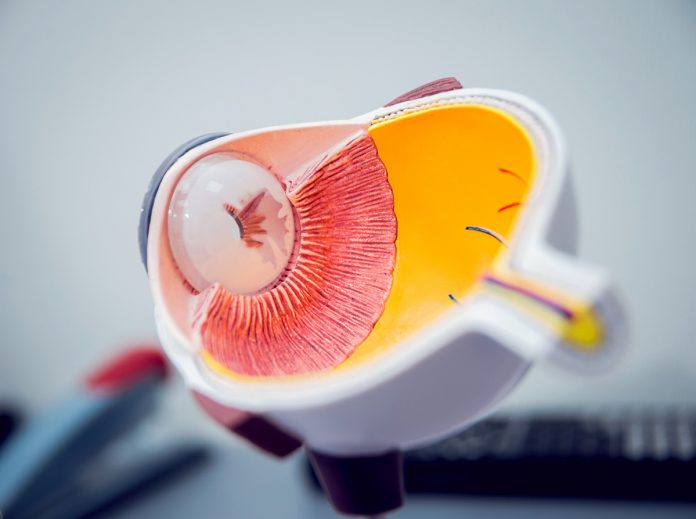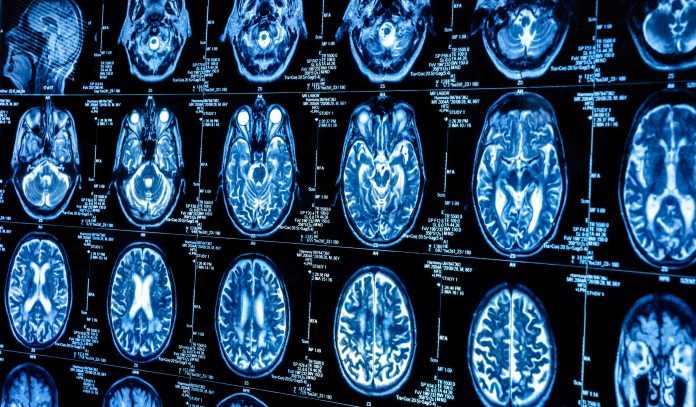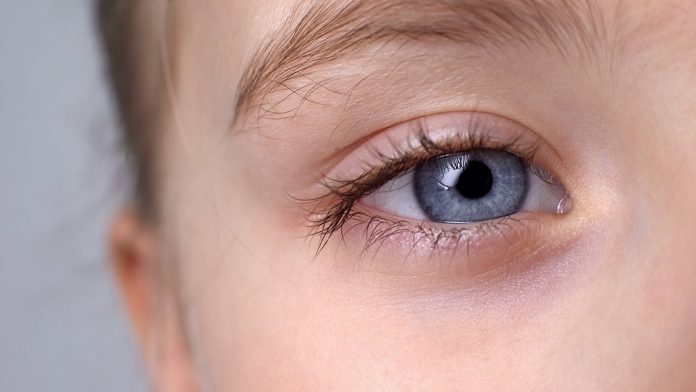Home Search
drug delivery - search results
If you're not happy with the results, please do another search
Nano DDS technology contributes to next-generation cancer immunotherapy
Dr Takashi Nakamura from Hokkaido University challenges the potential of nano-tech based drug delivery system (Nano DDS) in the development of next-generation cancer immunotherapy.
Scientists create artificial cells with capabilities for biomedical advancements
Researchers at the University of North Carolina at Chapel Hill, led by Ronit Freeman from the Applied Physical Sciences Department, have successfully created artificial cells capable of mimicking natural cellular behaviour.
Environmental health implications of plastic use in agriculture
Donald A. Bruun and Pamela J. Lein from the University of California, Davis in the U.S., highlight the environmental health implications of plastic use in agriculture.
Are nanotextures enough to kill cancer cells?
Nanotextures on nanoparticles and implants to kill cancer cells in a more targeted manner may just be the key to tackling resistance to traditional cancer drugs.
Engineered endosymbionts as novel cancer therapeutics
Satyajit Hari Kulkarni and Christopher H. Contag from the Institute for Quantitative Health Science and Engineering focus on engineered endosymbionts, which they argue is a paradigm shift in anticancer bacteriotherapy toward killing tumors from the inside out.
Ultrananocrystalline diamond coating (UNCD™): Revolutionizing surface engineering
Unique, low-cost ultrananocrystalline diamond (UNCD™) coating is facilitating new generations of industrial products, high-tech devices, medical devices, and prostheses.
Unique Low-Cost Ultrananocrystalline Diamond Coating
Unique Low-Cost Ultrananocrystalline Diamond (UNCD™) Coating, enables New Generations of Industrial Products, High-Tech Devices, Medical Devices, and Prostheses.
Ultravision joins the fight against peritoneal cancer
Considering the high, unmet medical need associated with peritoneal metastases, Dr Dominic Griffiths, CEO of Alesi Surgical Ltd, outlines how the company’s innovative Ultravision technology could dramatically improve clinical outcomes for patients with the disease.
Nanomedicine: A multipronged approach to tackle infectious diseases
Ruplekha Choudhurie, Senior Industry Analyst/Team Lead, walks us through nanomedicine, explaining a multipronged approach to tackle infectious diseases.
The potential of microparticles for active surveillance of infectious diseases
Emmanuel Kifaro from the SACIDS Foundation for One Health, and College of Veterinary Medicine and Biomedical Sciences, Sokoine University of Agriculture, Tanzania, details the potential application of microparticles for active surveillance of viral infections from non-invasive animal matrices.
Ultrananocrystaline diamond (UNCD™) coatings for new generations high-tech/ medical devices/prostheses
Materials science, integration strategies, properties and more for the unique biocompatible Ultrananocrystalline Diamond (UNCD™) coating.
Greehey Children’s Cancer Research Institute
The Department of Molecular Medicine provides an interdisciplinary program of study in the areas of cancer and aging and their prevention.
How entrepreneurship and industry saved COVID fighting nanotechnology?
Here Thomas J. Webster, Ph.D. explores how Nanotechnology was crucial in the battle against COVID-19 and how entrepreneurship helped it thrive.
Cool Esthesia airway hygiene: Stop stuffiness, cough and clear phlegm
Cryosim is a molecule that produces sensations of coolness but does not affect tissue temperatures. It can be delivered as a liquid to the surfaces of the nasal cavity and throat with an immediate cooling effect.
A new wave of molecular cancer therapeutics
Hernando Lopez-Bertoni, explores the new wave of molecular cancer therapeutics and states the case for learning the mechanisms as a pro, so one can target them as an artist.
Academic and translational research for ophthalmic conditions
Professor Sheardown shows C20/20 Innovation Hub at McMaster University leading the way for ophthalmic academic and translational research
Can technological advances optimise diabetes management?
Research Director, Chemicals and Advanced Materials at TechVision, Frost & Sullivan, explores if technological advances optimise diabetes management
miRNAs in brain cancer therapy – Mighty things from small beginnings grow
Dr Hernando Lopez-Bertoni at the Department of Neurology, Johns Hopkins School of medicine, discusses the development of miRNAs in brain cancer therapy
Treating vision-related conditions
Professor Heather Sheardown from McMaster University provides detail about treating vision-related conditions, including injectable, in situ gelling systems.
Brain cancer therapeutics: Overcoming the barriers
Sean E. Lawler PhD from Brigham and Women’s Hospital, Harvard Medical School, sheds light on overcoming the barriers when it comes to brain cancer therapeutics.



